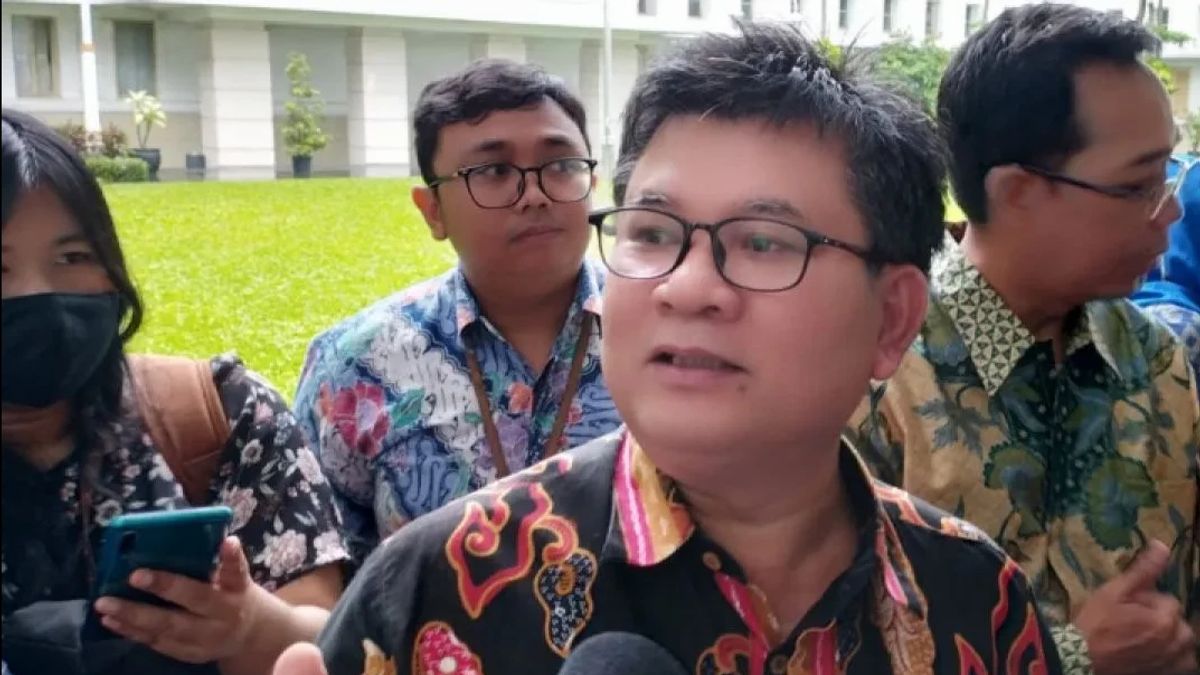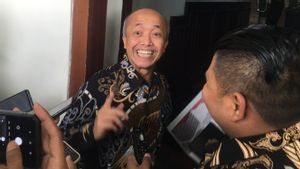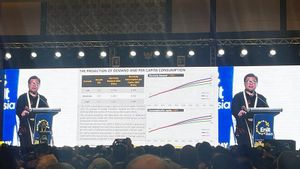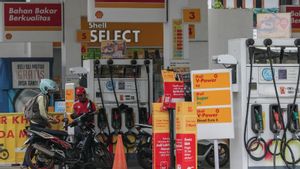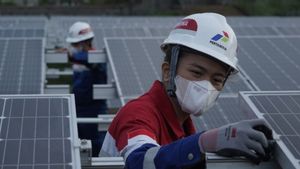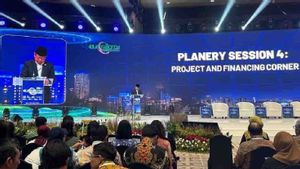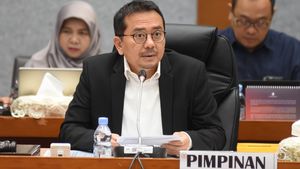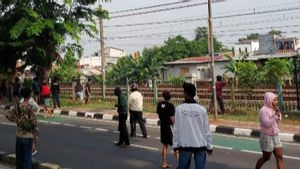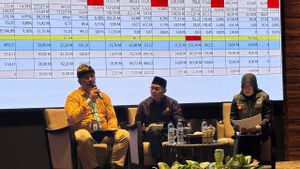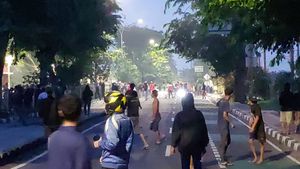JAKARTA - The Ministry of Energy and Mineral Resources (ESDM) emphasized that Indonesia must find a balance between meeting national energy needs as well as efforts to reduce emissions.
"Indonesia, like many other countries, must find a balance between meeting national energy needs and at the same time reducing emissions to tackle global climate change by referring to the nationally determined contribution target by 2030 and the NZE (net zero emission) target by 2060," said the Director General of Electricity at the Ministry of Energy and Mineral Resources, Jisman P Hutajulu, quoted from ANTARA, Tuesday, November 14.
Jisman explained, to achieve the NZE target, the government has set several renewable energy development programs as a long-term national electricity strategy listed in the National Electricity General Plan (RUKN).
He revealed that the RUKN was also in line with the electricity supply business plan (RUPTL) carried out by PT PLN (Persero).
"Mr. President Director (President Director of PLN Darmawan Prasodjo) has said that we are almost finished, RUKN, hopefully in the near future we will determine and there will be an inline RUPTL discussion. In fact, there are terms in harmony and sane, I am also confused about why there are words. sane, apparently inline, "said Jisman.
"So, thank you, PLN head, for being able to align the RUPTL later with our RUKN and this is the first time in history," he continued.
Meanwhile, the need for electricity from 2024 to 2060 is expected to grow on average in the range of 3.6 to 4.2 percent per year. The projected need for electricity will determine the amount of additional needs for power plants and other power infrastructure as well as the amount of CO2 emissions.
Jisman explained that in the RUKN there is a solar power plant (PLTS) that will be developed massively in 2030 followed by the development of a bayu power plant (PLTB) in 2037.
"PLTS is mostly developed because of lower capital costs by utilizing a hydropower dam or reservoir with the concept of floating PLTS as a solution to land constraints in the mainland," he said.
Currently, said Jisman, Indonesia already has the Cirata Floating PLTS in Purwakarta Regency, West Java, which is the largest floating PLTS in Southeast Asia. The PLTS has a capacity of 145 megawatts (MW) which was inaugurated by President Joko Widodo last week.
"In the future, the development of floating PLTS in Indonesia by utilizing existing hydropower dams or reservoirs has the potential of around 14 GW," said Jisman.
SEE ALSO:
Then, he said, the development of geothermal will gradually be increased to 20 GW through the development of more modern geothermal power generation (PLTP) technology and the development of other non-conventional geothermal systems.
"The use of hydro or hydro (electric hydro development) will be optimized to be channeled to other islands. In addition, hydropower plants will also help maintain balance for the development of new, intermittent renewable energy," he said.
Furthermore, he said there will also be the development of nuclear power which will become commercial in 2039 to increase the reliability of the power system, where the capacity will be increased to 31 GW by 2060.
The English, Chinese, Japanese, Arabic, and French versions are automatically generated by the AI. So there may still be inaccuracies in translating, please always see Indonesian as our main language. (system supported by DigitalSiber.id)
